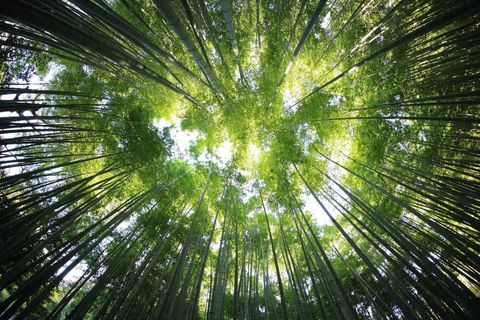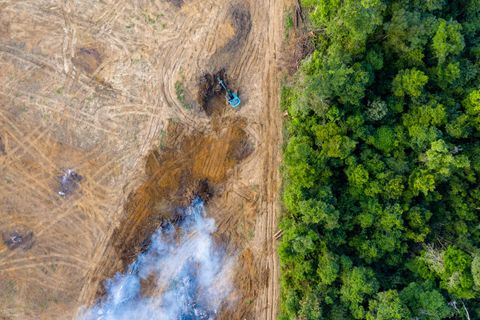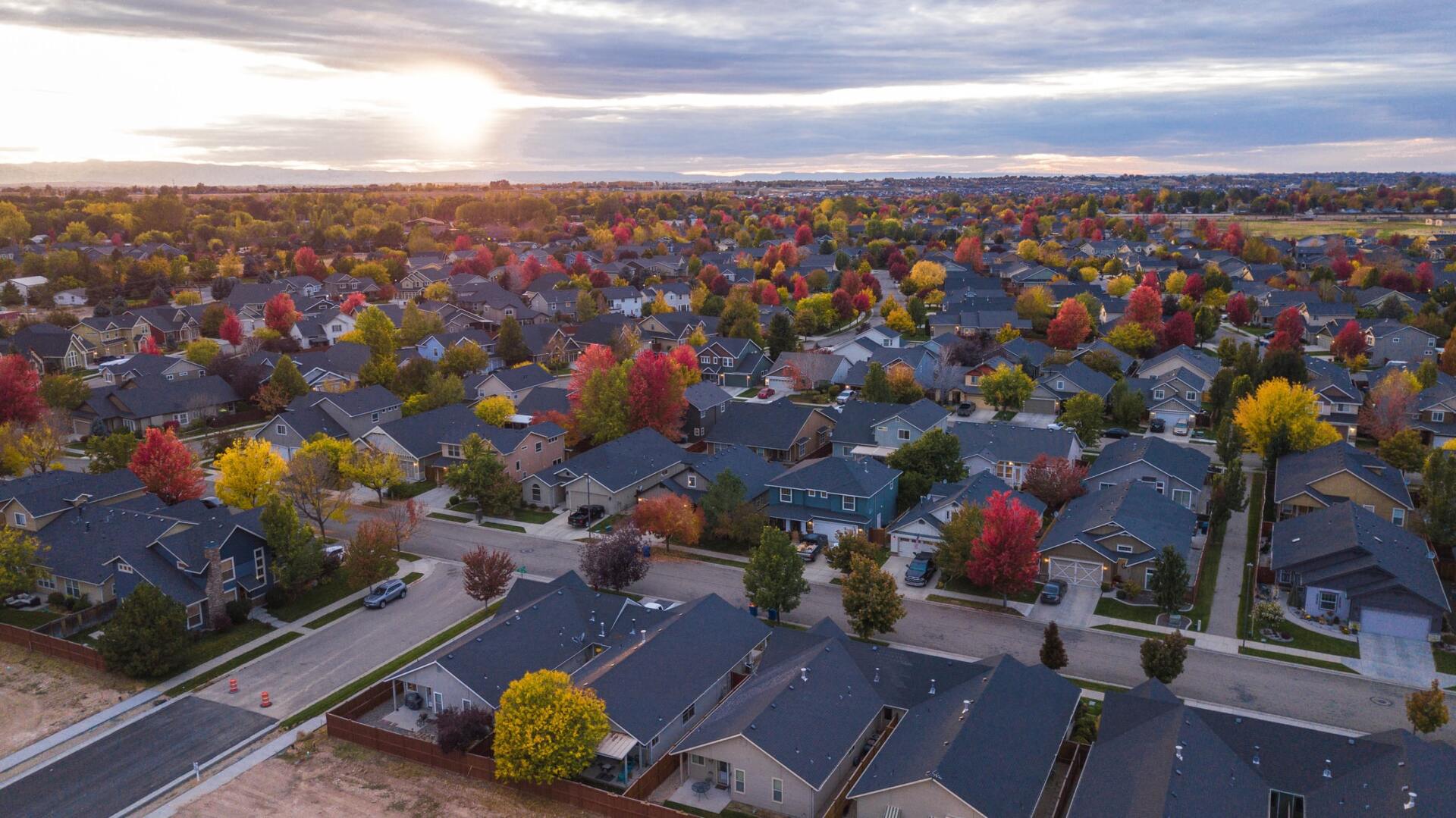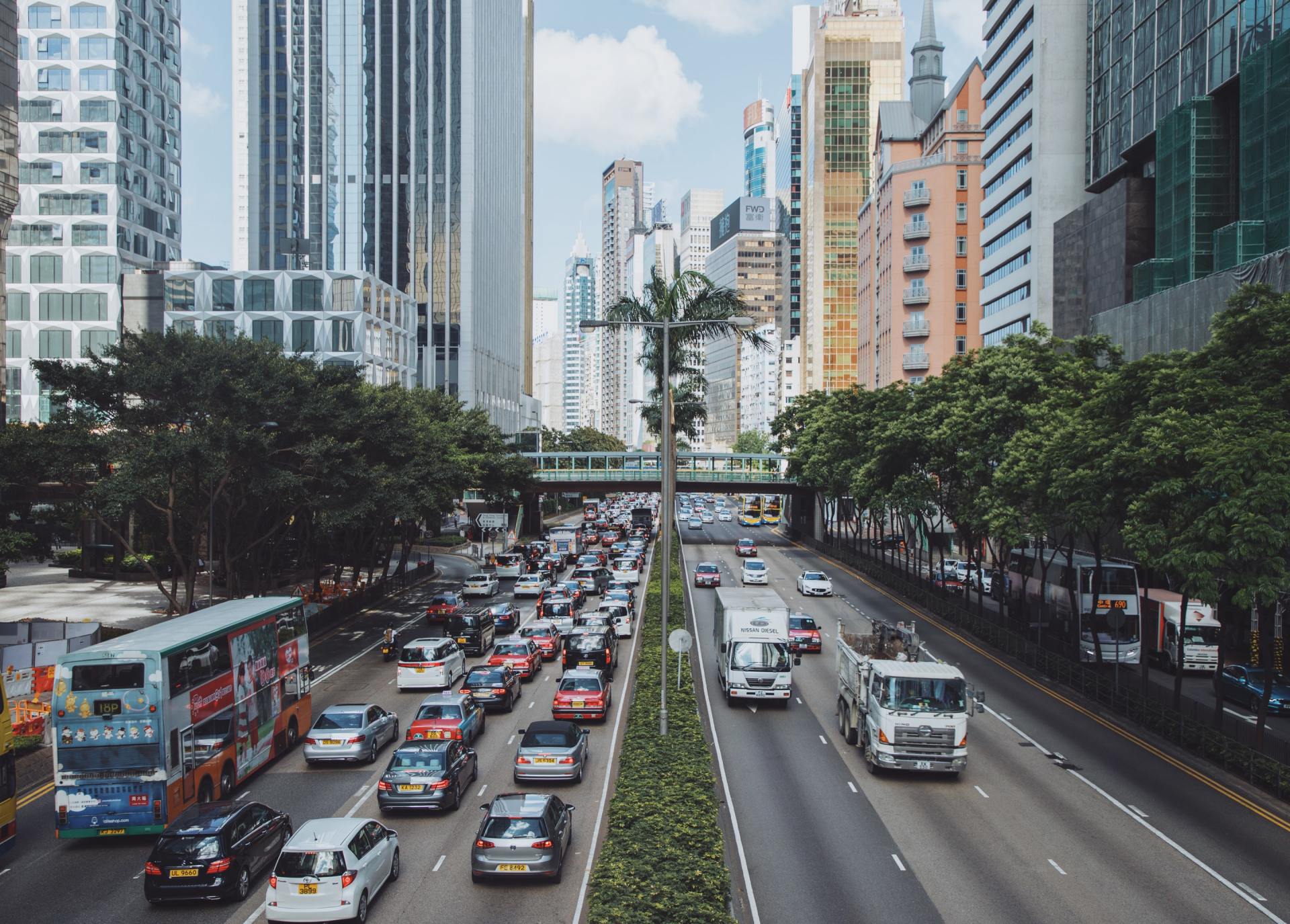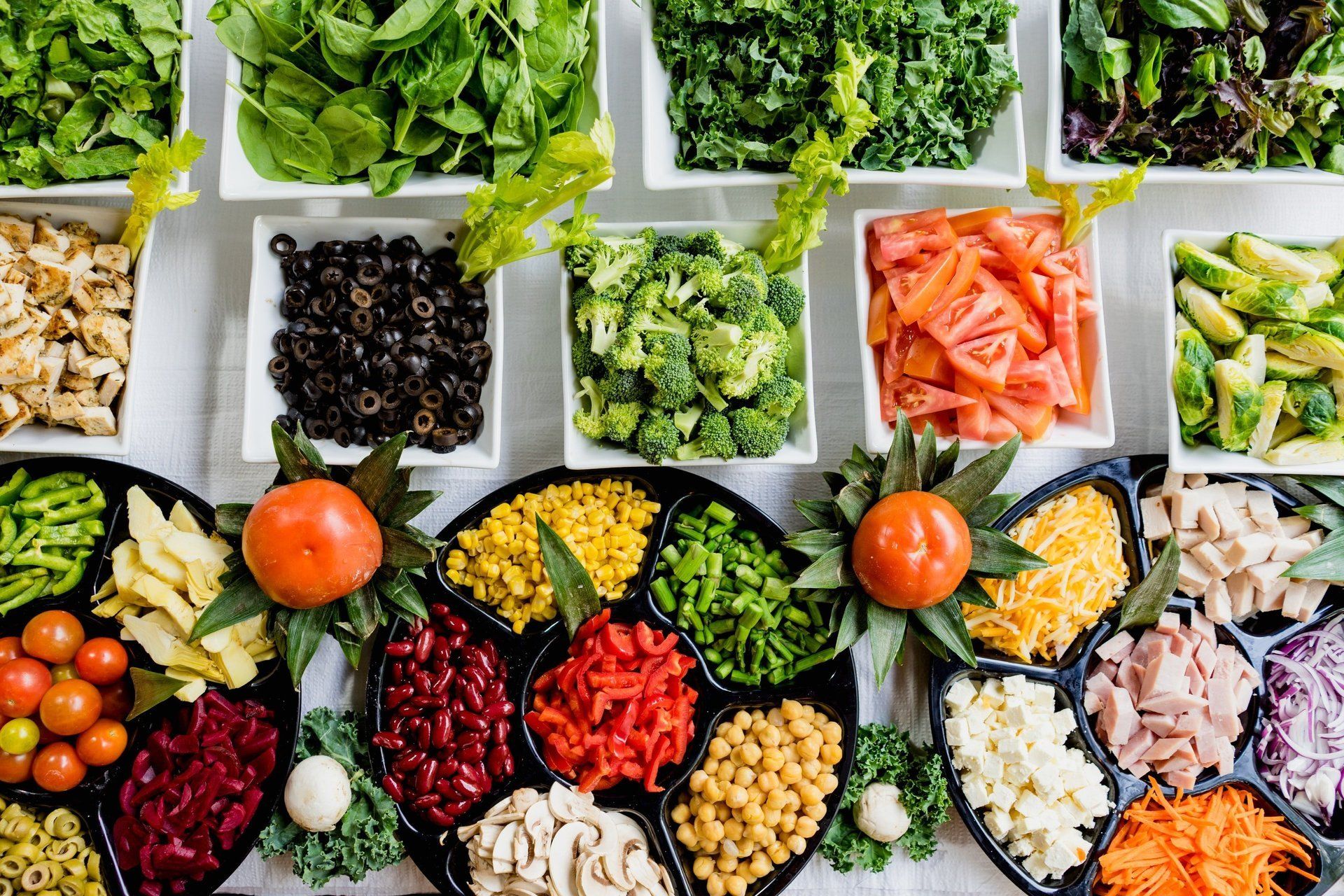- HOME
- LEARN
- TEACH
- TAKE ACTION
- WHAT YOU CAN DO
- PUT PEOPLE AND PLANET BEFORE PROFIT
- REPLACE OIL WITH RENEWABLE ENERGY
- EMBRACE A SUSTAINABLE LIFESTYLE
- CREATE NO-FISHING ZONES IN THE OCEAN
- FARM SMARTER AND EAT LESS MEAT
- PROTECT THE FORESTS
- RAISE PEOPLE OUT OF POVERTY TO SLOW POPULATION GROWTH
- CHANGE HOUSING AND HABITS
- CONSIDER TRANSPORTATION
- RETHINK TRAVEL
- OUR PARTNERS
- CONNECT
Protect the Forests
For decades, humans have been cutting down trees, clear-cutting forests' rich biodiversity and undermining their carbon-capturing properties. We have destroyed about 17% of the Amazon rainforest and have
felled 46% of the world’s trees since first starting to cut down forests to extract resources like hardwood and make room for agricultural land to produce detrimental staples like beef and palm oil.
DEFORESTATION THREATENS THE EQUILIBRIUM
Deforestation threatens the equilibrium of biodiversity that has fostered a healthy, abundant planet, as studies show that the greater the biodiversity of a forest, the faster the trees grow, the greater their resilience to pests and diseases, and the greater their potential to store carbon. Imagine the wasted potential of the flora that are driven to extinction—which may have possessed an abundance of medicinal qualities and cures for human ailments.
As is the case with the Amazon rainforest, this practice also engenders a humanitarian crisis, because not only are territories in the Global South being exploited to feed consumers of wealthy nations, but it is hugely detrimental to indigenous tribes as the land they have subsisted upon is destroyed and they are exposed to new diseases to which they have no immunity. Similarly, encroaching upon this virgin territory may very well put us into contact with
a whole slew of pandemic-worthy zoonotic diseases. Covid-21, anyone?
DEFORESTATION EXACERBATES THE CLIMATE CRISIS
Deforestation makes the climate crisis worse by releasing stored carbon into the atmosphere, so this practice alone is thought to account for 10% of global emissions.
Protecting the forests could be the single most important action we can take to fight climate change.
Trees, plant life and oceans are the best ‘technology’ currently available to keep carbon out of the atmosphere.
This natural mechanism of forests has been perfected by Mother Nature over millennia and has stood the test of time.
It is certainly be worth investing in manmade carbon-capture technologies, but for the time being we must do all we can to protect our simple, true and tested solutions.
So how can you help protect our forests?
Treefoundation.org outlines 10 ways anyone can be an advocate for our world’s forests. We've taken their ideas and added some thoughts of our own:
Conserve trees and forests in your area
Sometimes the best way to solve a global challenge is to approach it locally. Reach out to your local representatives and urge them to fight unsustainable development, conserve forests, and create local, state, and national parks. Be sure to vote for representatives who have your values at heart, and get ingratiated in grassroots campaigns to promote conservation and fight detrimental practices like mining and hydroelectric development. You could also volunteer and directly offer your time and effort to your local parks and recreation department, land trust, etc. If you are a land owner, perhaps you could consider donating a portion to create a conservation easement!
Plant trees--the more the better!
Make donations to organizations that are dedicated to reforestation. Better yet, you can help plant trees on your own property and in your community!
If you are based in the United States, you can encourage your municipality to adopt the
Arbor Day Foundation’s Tree City USA program, or consider starting a similar project in your own area.
Support forest conservation organizations
There are plenty of NGOs worthy of your support! A few notable examples are: TREE Foundation, the Nature Conservancy, the Sierra Club, Center for Biological Diversity, and Rainforest Action Network.
Volunteer your time at local organizations and/or give a tax-deductible donation.
Learn about forests, both local and global
To
raise awareness
and appreciation for forests, both within your community and within yourself, explore the numerous online and print resources at your disposal.
Treehugger.com
provides an extensive list of resources ranging from documentaries and videos, to books about nature and health, to works of fiction!
Buy forest-friendly (or certified) products such as shade-grown coffee
Avoid products that come from the tropics such as soy, uncertified palm oil, and most of all—beef. To be a conscious consumer, keep an eye out for certifications like the Rainforest Alliance, Forest Stewardship Council, and the Roundtable on Sustainable Palm Oil.
Shade-grown coffee is another alternative to look out for, as it is grown under forest canopies instead of on deforested land.
Click here for a more in-depth guide to shopping responsibly to save our forests.
DEMAND better labeling of products
We need to know if the products we buy (and are 'voting for with our dollars') are certified and sustainable.
While there are a lot of good certification systems out there (see step 5), there is much more work to be done.
You can join or create grassroots campaigns to encourage companies to source sustainably and enhance their transparency.
You can contact your local grocery stores to encourage them order certified products, and even go straight to your local farms and ask for more sustainably produced products.
Advocate for climate change solutions
Spend more time outdoors
Remind yourself why you have chosen this battle, and experience the healing and awe-inspiring qualities of nature by spending time outside!
Teach kids about forests through books and outdoor exploration
Encourage the next generation to get in touch with nature so that they enter adulthood with a passionate, fighting spirit and strong environmental values!
Click here for a list of fun, inspiring resources for your kiddo (and your inner kiddo!)
Share your love of the outdoors with others
VIDEOS TO INSPIRE
Sustainably Vegan
THE IMPORTANCE OF FORESTS I How to protect Forests
The importance of forests cannot be underestimated. We depend on forests for our survival, from the air we breathe to the water we drink. Forests provide habitats for animals and livelihoods for humans, prevent soil erosion and mitigate climate change.
Sir David Attenborough
WWF INTERNATIONAL How To Save Our Forests and Rewild Our Planet
After centuries of clearing forest find out from Sir David Attenborough why we could soon have more forest than any of us have ever known.
Greenpeace
GREENPEACE INTERNATIONAL: 6 steps to protect forests and biodiversity
Greenpeace is fighting for forest protection around the globe to stop deforestation and degradation. Our work is focused on the 5 biggest forest regions in the world: Indonesia, the Amazon, the Congo Basin, and the Boreal forest. Working together with Indigenous Peoples and allies, we've been calling out companies who contribute to forest destruction and governments who have failed to protect them.
JOIN OUR PERIODIC NEWSLETTER
Thank you. We are delighted you have signed up for our newsletter. Don't worry, we won't be crowding your inbox unless it something newsworthy.
Please try again later

